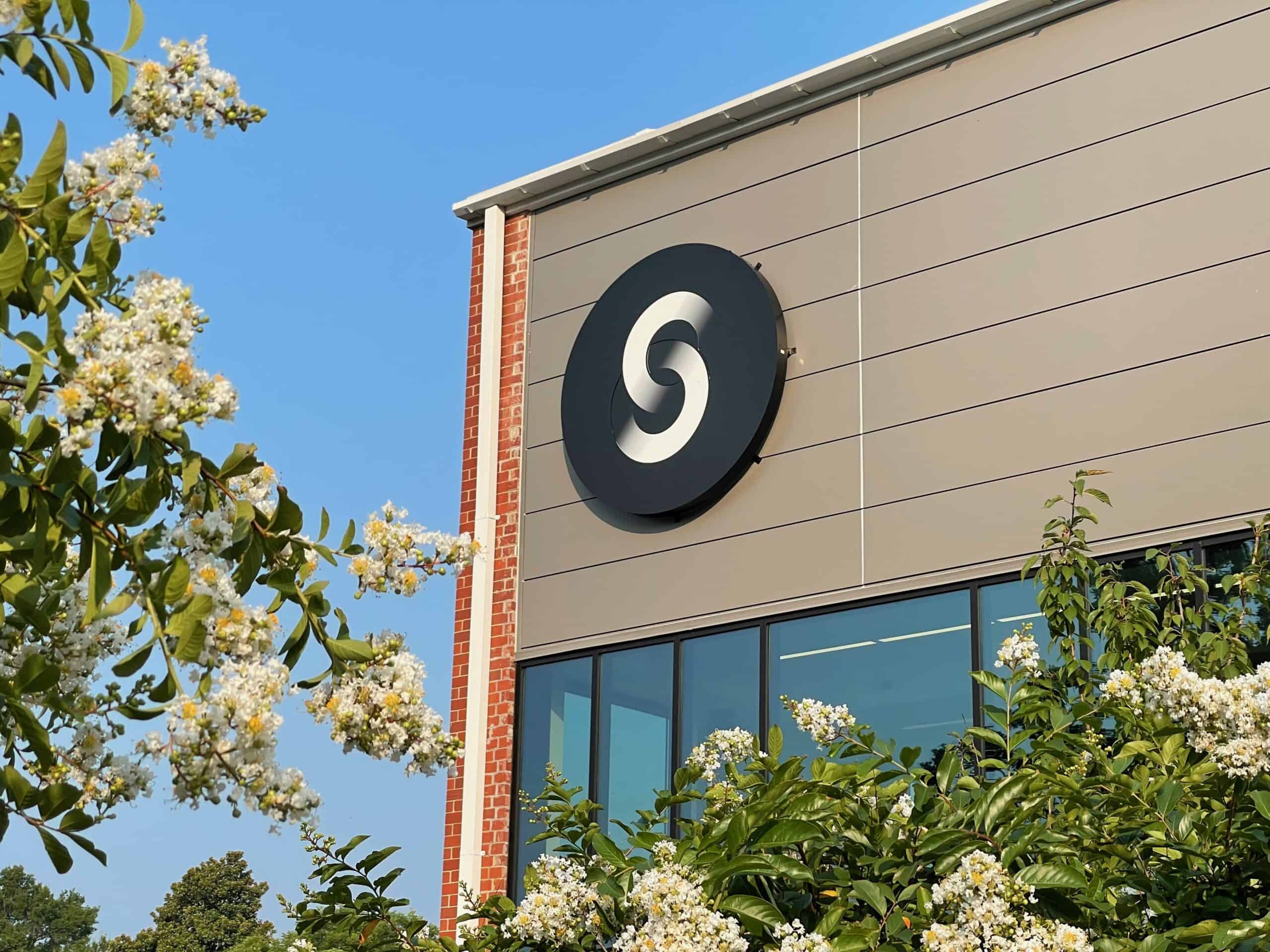A lot of people are wearing KN95 masks these days, in addition to cloth face masks and general-purpose flat fold masks. Most people that I talk to about their KN95 masks think that they are wearing an actual N95 respirator. They also believe the KN95 offers the same level of protection as an N95.
Well, nothing could be further from the truth! To start – a KN95 is NOT an N95. Let’s discuss the differences between N95s and KN95s and help you understand why a KN95 is not an N95.
The basic difference between a KN95 and an N95 are the standards that they meet and how they fit the wearer.
Standards and Quality Differences
An N95 is officially called a full facepiece respirator (FFR) and is tested and approved by the National Institute for Occupational Safety & Health (NIOSH) to the most up to date standards for the US respiratory protective devices. NIOSH is an agency of the CDC. NIOSH can remove N95 authorization at any time for a respirator found not to be meeting its original test results, or if a manufacturer does not implement, maintain, and control a quality management system. NIOSH’s oversight is persistent enough that several have been deauthorized in the past year.
A KN95 is a mask that is built to Chinese standards issued by the Standardization Administration of the People’s Republic of China, or SAC. Because the mask was developed by the Chinese market for the Chinese market, it is not certified as a respirator in the US and has no oversight protection in the US. A KN95 is not a NIOSH approved respirator which means it does not pass NIOSH’s strict standards to be considered an N95, nor does it have the continual oversight of NIOSH for ongoing standards compliance.
The other issue that can cloud the standards and performance differences between an N95 and a KN95 is who is making them and where they are made. Prior to the pandemic, 70% of the N95 respirators used in the US were manufactured outside of the US, as were almost all KN95 masks. During the pandemic, many imported N95 respirators were found to be counterfeit versions of US N95s or falsely claimed to be NIOSH approved. Additionally, up to 70% of Chinese-made KN95 masks tested by a prominent US healthcare safety organization were found to not even meet KN95 standards. Since the start of the pandemic, several US-based companies have started or increased production of NIOSH-approved N95 respirators. US-based production carries less risk of counterfeiting in the supply chain.
Fit Differences
When we talk about fit, there are some key differences between the N95 and KN95. N95 respirators use two straps that are stretched around the neck and the crown of the head. This positioning helps the respirator provide a tight-fitting seal to the face. KN95 masks use loops that are slipped over your ears and have less force to create a tight seal, unlike the tight seal of an N95. KN95s are considered to be loose fitting masks, no better than a cloth face mask or flat fold surgical mask.
When it comes to protection, the loose fitting KN95 can allow contaminants, dust, germs, and virus to enter around the outer parts of the mask like your cheeks, chin and in many cases the area around your nose. These contaminants are able to flow inside the mask and enter into your lungs or respiratory system. Loose fitting masks also allow contaminants like germs and virus to escape from behind the mask when the wearer coughs, sneezes, or even speaks. This outward exhalation of contaminants can in turn put others at risk if they breath in your contaminated air.
N95s, on the other hand, have much less risk of airborne contaminants entering into the space between your mouth/nose and respirator as the tight-fitting nature of the N95 helps to reduce air contamination in the “safe breath zone” as the respirator is snug on the wearers face. This means less contaminants entering the user’s respiratory system. The snug fit also means less risk to those around you if you are not allowing your exhaled breath to sneak out of from around the N95. The best way to ensure the snug fit and seal the N95 can provide for you is to be fit tested for a particular brand and model of an N95.
Now that you know the basic differences between an N95 and KN95, why would you run the risk of being contaminated when wearing a KN95 when you can be wearing a superior product, the N95?
Check out our Protex™ N95 Particulate Respirator page here for more details on respiratory products.




